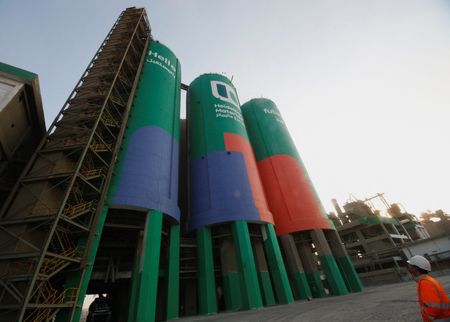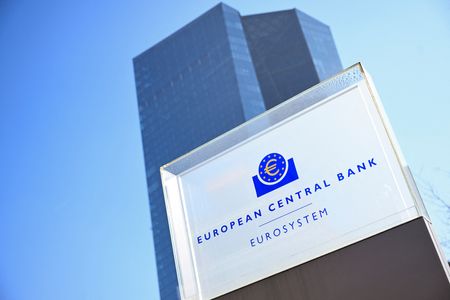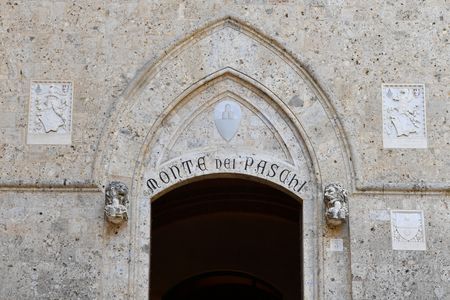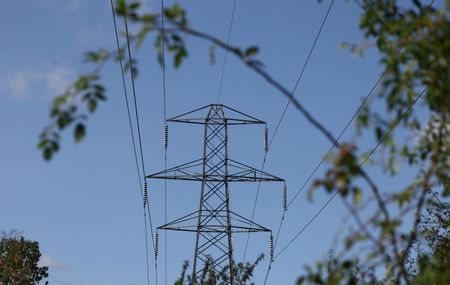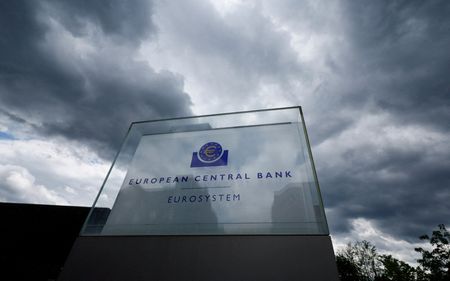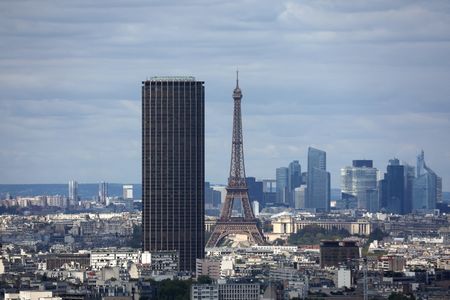By Christoph Steitz and Ilona Wissenbach
FRANKFURT (Reuters) -Heidelberg Materials, the world’s second-biggest cement maker, said on Wednesday it expects operating profit growth in the medium-term to 2030 to be driven by five megatrends, including higher defence spending and a growing demand for data centres.
The group’s result from current operations (RCO) is expected to grow 7-10% on average a year until 2030, the German company said at its capital markets day held at its carbon capture and storage site in Brevik, Norway.
Return on invested capital is forecast to rise to around 12% by 2030, from an expected 10% in 2025, the group said, adding its net capital expenditure target would be raised to an average 1.3 billion euros ($1.5 billion) a year, from 1.1 billion previously.
Heidelberg Materials CEO Dominik von Achten said that apart from defence and data centre construction, profit growth was also expected to be driven by the global energy transition, infrastructure needs as well as forecast housing boom globally.
“These are five decisive waves from which we as a company are benefiting across the board. The demand that is coming in is enormous,” he told Reuters, adding the company would continue to focus on heavy building materials such as cement, aggregates, ready-mix concrete and asphalt.
Shares in the German construction company have soared by more than half year-to-date, giving it a market value of around 33 billion euros, as investors bank on the group’s ability to tap a planned 500-billion-euro investment push by the German government.
Von Achten also said there would be a second round of capacity adjustments in Europe by 2030 following a current effort to close five clinker plants on the continent by the end of the year.
“The aim is to make a significant leap in margins in Europe. We are removing capacity where production is particularly cost- and CO2-intensive, namely in clinker,” von Achten said, adding the group could continue to grow in cement by adding mills to its plant network.
($1 = 0.8835 euros)
(Reporting by Christoph Steitz and Ilona Wissenbach; Editing by Emelia Sithole-Matarise)

